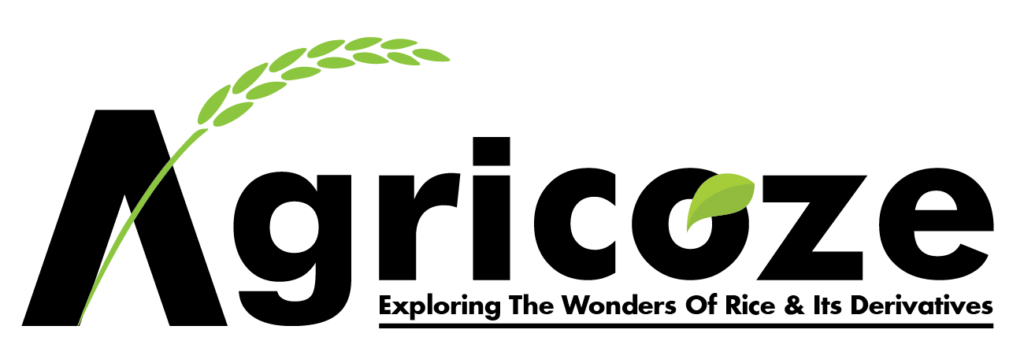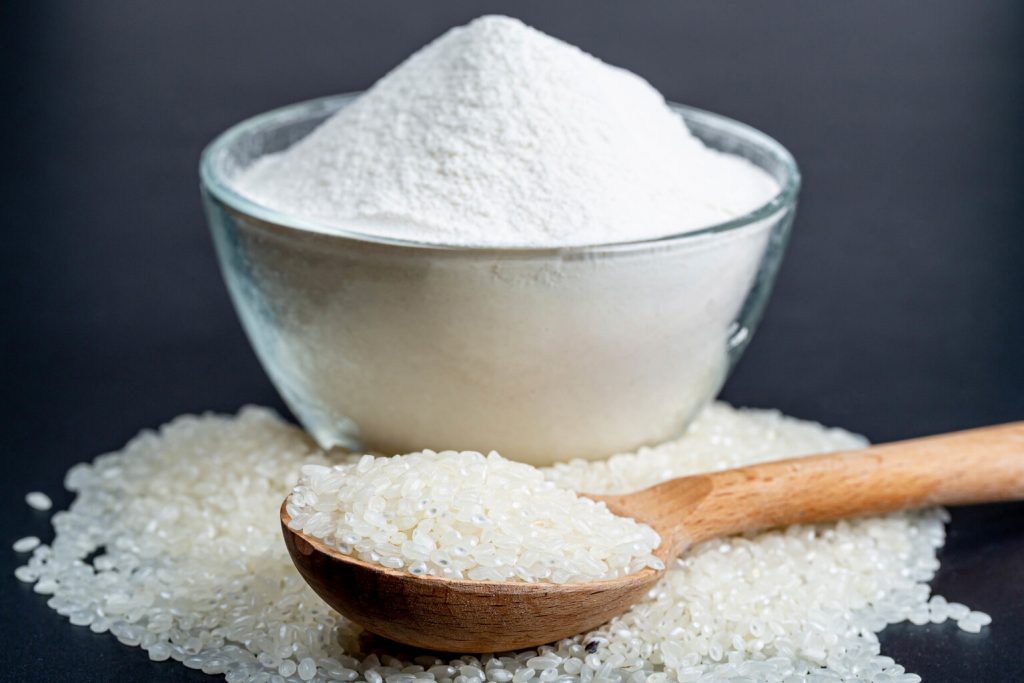In today’s world, where processed and unhealthy food options abound, understanding food labels is crucial for making informed choices about what we put into our bodies.This article will include how you can understand and interpret food labels to recognize clean-label products to contribute to a much healthier lifestyle.
Deciphering Food Labels for Healthy Choices
By deciphering food labels, we can identify clean label products that prioritize natural, wholesome ingredients. Let’s explore how you can become a professional label reader and embark on a journey toward clean eating.
To start decoding food labels, focus on the ingredient list. This list provides valuable information about what goes into the product. Look for clean label products that feature simple, recognizable ingredients. Avoid products with long ingredient lists full of unfamiliar or artificial additives. The fewer ingredients, the better, which indicates a less processed and cleaner product.
Pay attention to the order in which the ingredients are listed. Ingredients are listed in descending order by weight, so the first few ingredients make up the majority of the product. If you find sugar or unhealthy fats listed near the beginning of the list, it’s a sign that the product may not be a clean label choice. Instead, look for products that feature whole foods, such as fruits, vegetables, whole grains, and lean proteins, at the top of the ingredient list.
Demystifying Food Labels to Identify Clean Label Products
Food labels often contain various claims and certifications, but not all of them indicate a clean label product. To navigate through the marketing jargon, look for specific certifications that align with your clean eating goals. For example, the “Certified Organic” label ensures that the product is free from synthetic pesticides, genetically modified organisms, and other artificial additives. The “Non-GMO Project Verified” label signifies that the product does not contain genetically modified ingredients.
However, be cautious of claims made on the front of the package, such as “all-natural” or “healthy.” These terms can be subjective and misleading. Instead, focus on the information provided in the nutrition facts panel and ingredient list. These sections offer more objective insights into the product’s cleanliness and nutritional value.
Navigating Food Labels for Clean Label Identification
Becoming proficient in label reading requires some label literacy. Familiarize yourself with common terms and their meanings to accurately interpret food labels. For instance, “artificial additives” are synthetic substances added to food for various purposes, like color, flavor, or preservation. Clean label products minimize or exclude the use of artificial additives.
Pay attention to “preservatives” as well. These substances are used to extend the shelf life of products. Clean label products often use natural preservatives, such as vitamin E or rosemary extract, instead of synthetic alternatives. Additionally, watch out for “artificial flavors,” which are lab-created compounds designed to imitate natural flavors. Clean label products opt for natural flavors derived from real ingredients.
A Guide to Understanding and Interpreting Food Labels
Now that you have a grasp of the basics, it’s time to crack the clean label code. Remember to consider the nutritional composition of the product. Analyze the nutrition facts panel to understand the macronutrient content. Clean label products typically prioritize whole grains, healthy fats, and lean proteins while minimizing added sugars, unhealthy fats, and excessive sodium levels.
If you have specific dietary needs or restrictions, don’t forget to review the allergen information. Food labels are required to indicate the presence of common allergens, such as nuts, wheat, soy, or dairy. By carefully reviewing the allergen information, you can ensure the product is safe for consumption.
Final words
Mastering the art of interpreting food labels is a crucial step toward identifying clean label products for a healthier lifestyle. By deciphering ingredient lists, understanding certifications, and analyzing nutrition facts, you can make informed choices about the food you consume. Remember, clean label products prioritize simple, recognizable ingredients and minimize artificial additives. With label literacy and a commitment to clean eating, you can pave the way for a nourishing and wholesome diet.




